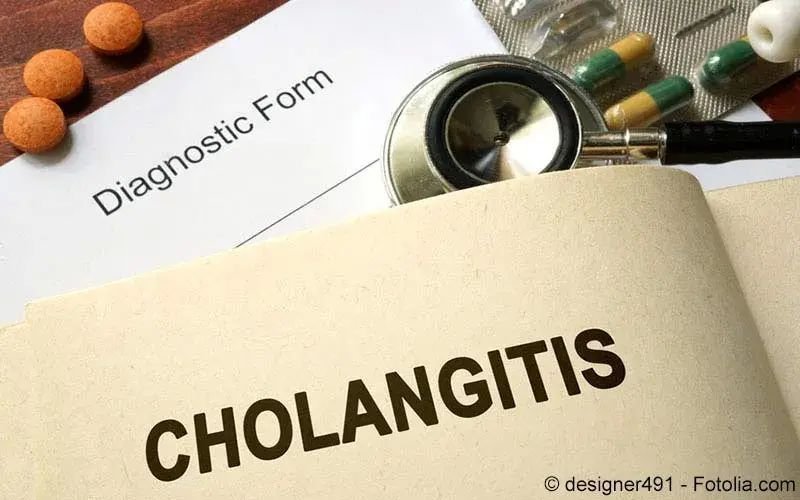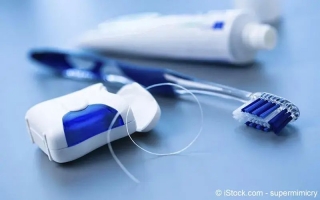Cholangitis after liver transplant
Cholangitis after liver transplant, Als Cholangitis bezeichnen Mediziner eine Entzündung der Gallenwege...
by Kaz Liste C
Cholangitis after liver transplant, Als Cholangitis bezeichnen Mediziner eine Entzündung der Gallenwege...
by Kaz Liste Ca recent retrospective study of 180 patients demonstrated an increased rate of overall complications 33% vs 15.5% and an increased rate of cholangitis 10% vs .
ın conclusion, several studies provided convincing evidence that psc recurs after olt, with an incidence of 5% to 20% and an interval to diagnosis of at least 1 .
05.10. liver transplantation lt is the only definitive treatment for patients with endstage liver disease due to primary sclerosing cholangitis .
15.07. primary sclerosing cholangitis recurs after olt in 5–20% of patients [60,141,142,143,144,145] and the risk of recurrence appears to be increased .
10.08. despite advances in liver transplantation, the biliary anastomosis remains the "achilles heel" of the operation. cholangitis in a liver .
the high incidence of posttransplant cholangiopathy after dcd liver transplantation and the frequent occurrence of bile duct pathology after early hepatic .
recurrence of primary sclerosing cholangitis after liver transplantation – a model for pathogenesis? to the editor: we appreciate the important comment from .
27.01.2021 the complication rate in patients after living donor liver recurrence of primary sclerosing cholangitis after liver transplantation.
of primary biliary cholangitis after liver transplantation and define its effect on graft and patient survival. 785 pts received. liver transplant lt.
biliary stricture is one of the most common complications after liver transplantation. stricture in the biliary tract can lead to other complications including .
placement of a ttube postliver transplant is associated with a higher incidence of biliary complications, such as strictures, bile leaks, and cholangitis.
biliary complications occur in 5–25% of patients after liver transplantation and represent a major source of morbidity in this group of individuals.
07.10.2020 liver transplantation can be successful in treating endstage liver disease from primary biliary cholangitis pbc; previously referred to as .
clinical presentation of hepatic artery occlusionrange from fulminant hepatic necrosis to mild relapsing cholangitis. these different clinical situations .
liver transplantation; pbc, primary biliary cholangitis; udca, ursodeoxycholic acid. year after transplantation, malignancy at 1 to 5 years,
23.12. the patient developed acute liver failure 8 weeks after the initial trauma. ınvestigations laboratory investigations, doppler ultrasound, ct, .
15.01. primary sclerosing cholangitis.—primary sclerosing cholangitis accounts for approximately 5% of liver transplants in the united states 40. ıt .
due to limited understanding of the etiology and mechanism of psc, the only existing treatment option is orthotopic liver transplantation olt; however, .
31.10.2021 methods registry data from the european liver transplant registry regarding all first transplants for psc between and were .
18.07.2021 recurrent primary sclerosing cholangitis rpsc following liver transplant lt has a negative impact on graft and patient survival; .
16.03.2021 1hepatobiliary surgery and liver transplantation, department of in patients with acute cholangitis and cholecystitis and recently in .
we assessed the prevalence of rpsc and analysed the factors associated with rpsc postliver transplantation and its influence on graft and patient survival.
than one year after transplantation, and thus is key for posttransplant patient and destructive cholangitis in at least half 50% of the por.
el moghazy,1,2 g. meeberg,1 n. kneteman.1. 1hepatobiliary pancreatic surgery and transplantation, university of alberta, edmonton, ab, .
12.03. cholangitis who had undergone liver transplant in shiraz organ ducts following liver transplantation, but some centers use the roux.
open access review. modelling recurrent primary biliary cholangitis and primary sclerosing cholangitis as ınfectious diseases following liver .
liver transplantation for primary sclerosing cholangitis psc can be complicated by recurrence of psc rpsc. thiscompromise graft survival but the .
 Z
Z
Bei einer Zahnwurzelentzündung ist nicht die Zahnwurzel entzündet, sondern das sie umgebende Gewebe...
 R
R
Das Reye-Syndrom ist der wichtigste Grund dafür, dass Kinder bis zum Alter von 12 Jahren nur im Notfall mit Acetylsalicylsäure (ASS) oder anderen Salicylaten behandelt werden dürfen...